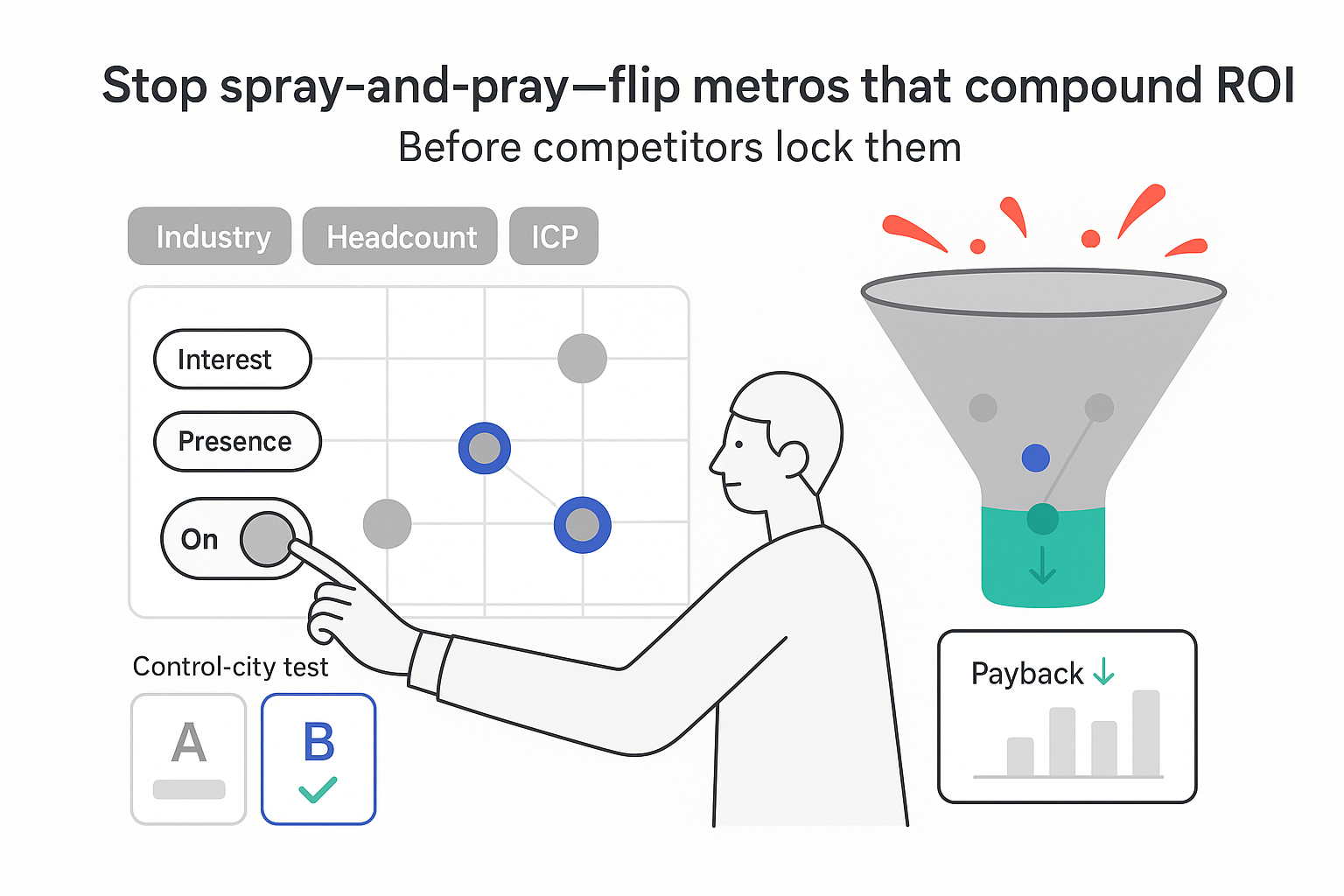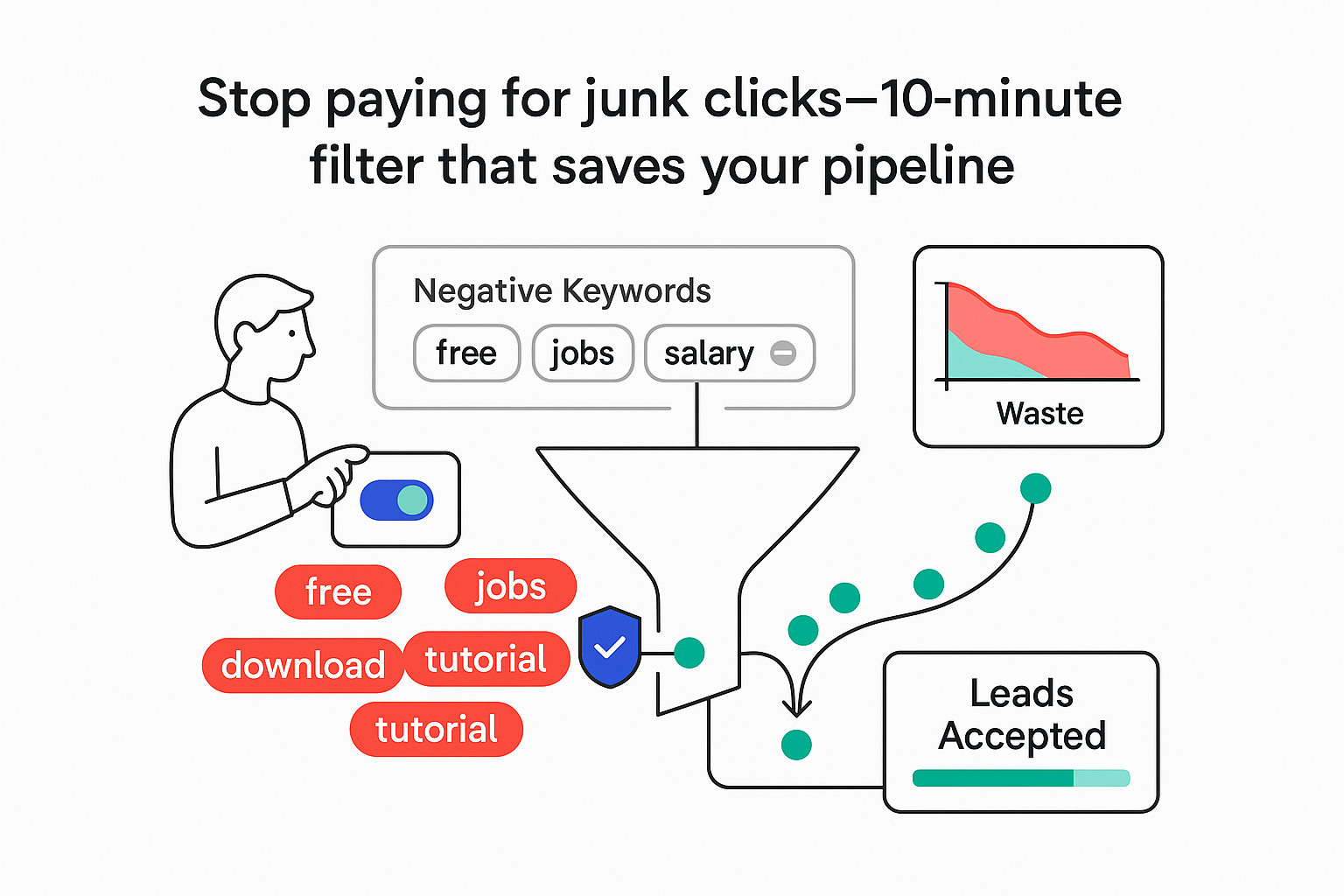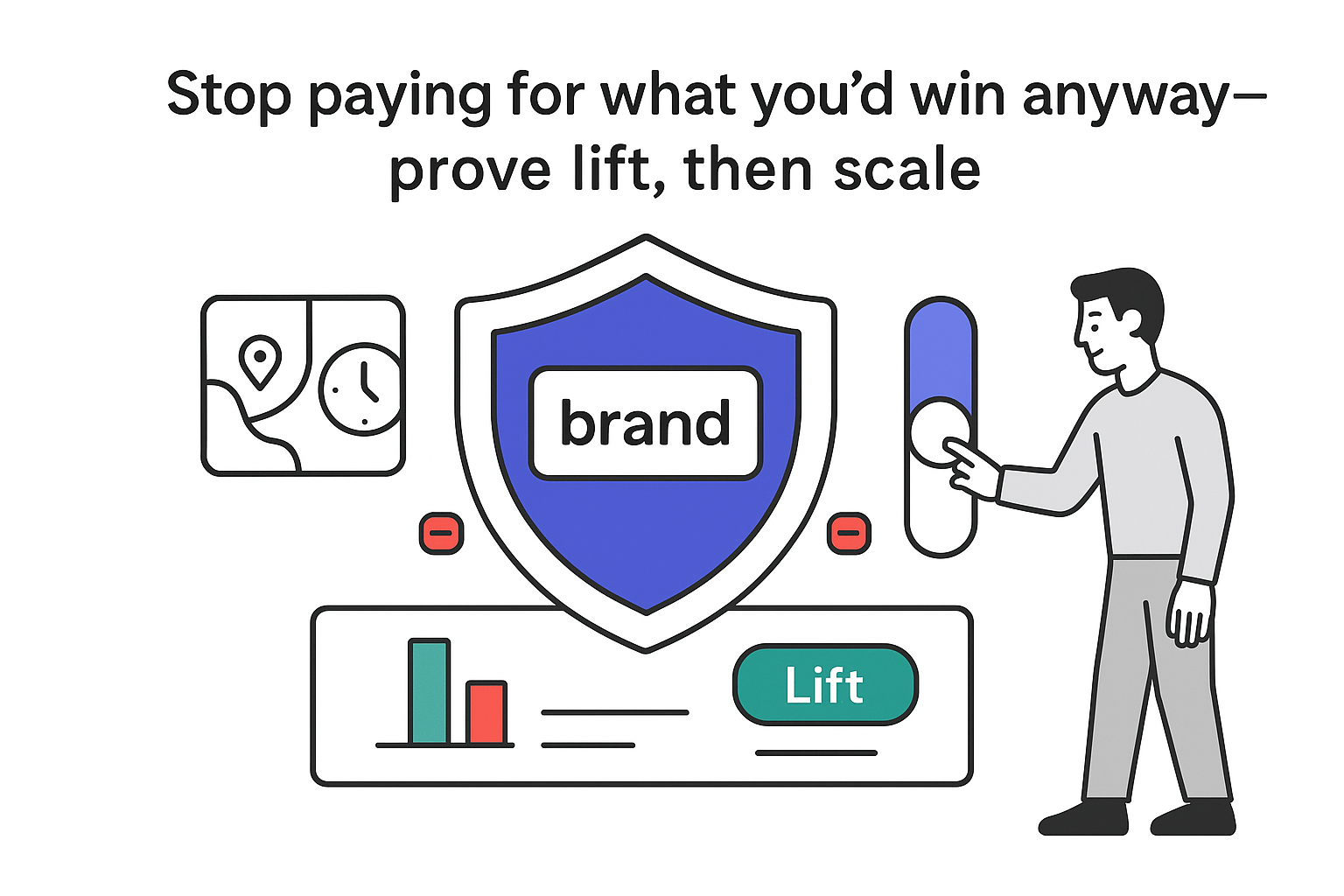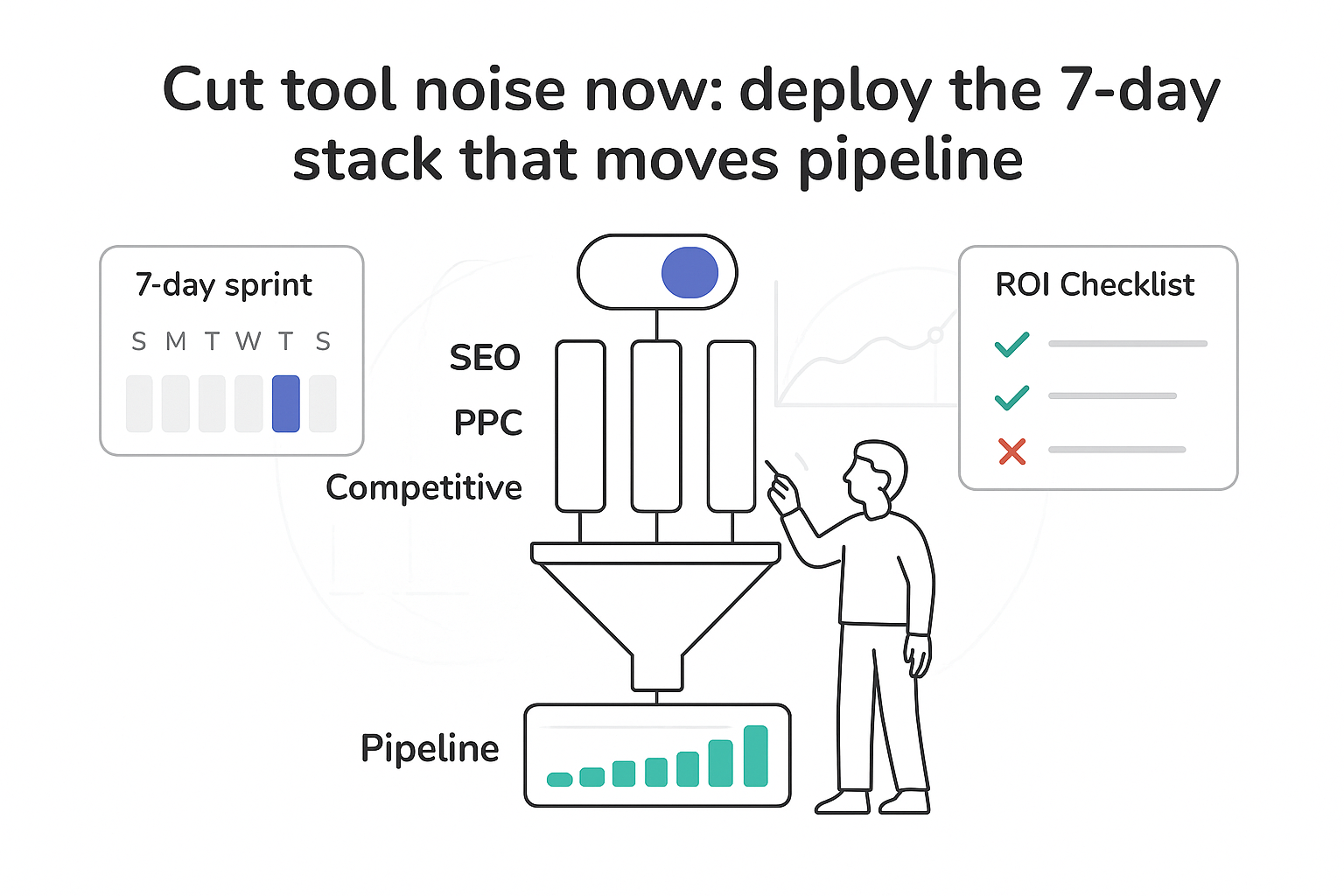I’ve seen the map pack decide who gets the call for B2B service companies. I’ve also watched rankings wobble: visible one day, gone the next. That swing isn’t random - it’s proximity, relevance, and prominence working together. The upside: I can tune each lever without obsessing over a dashboard. My goal here is to make Google Maps ranking for service-area businesses a reliable channel that brings qualified leads, not just clicks.
A 14-day sprint I use to stabilize map visibility
I don’t try to force a pin to rank across an entire metro. Instead, I increase the odds of showing up where buyers actually are - especially near my address and in nearby ZIPs with real demand. Here’s a 7–14 day sequence I use to tighten relevance and trust signals fast.
- Days 1–2: Lock GBP fundamentals. I set the primary category to match the top money-making intent, add 2–4 secondary categories that reflect real services, and refresh the services section with the plain-language terms buyers use. I update hours, attributes, and the description with factual, benefit-focused details.
- Days 3–5: Fix NAP consistency. I make sure my name, address, and phone are identical across my site, Google Business Profile, social/company profiles, and major directories. I add UTM parameters to GBP website and appointment links so analytics can attribute calls and forms.
- Days 6–10: Upgrade content. I publish or improve service pages for the top 3–5 offerings and build one strong location hub page. I add internal links between service pages and the location page in both directions, and I set the location page as the GBP landing page.
- Days 11–14: Ask for specific, honest reviews. I reach out to happy clients near my highest-value ZIPs and ask for candid feedback that describes the service and city in their own words. I avoid scripts and incentives and follow Google’s review policies.
Early wins usually appear in a tight radius around the verified address. That’s normal. As prominence grows, practical coverage expands.
Quick wins to lock in
- Primary category aligned to the revenue-driving intent (for example, Managed IT services, Commercial cleaning service, HVAC contractor).
- 2–4 secondary categories tied to real services.
- Services section filled with top queries using customer language.
- NAP consistency across site, GBP, company profiles, and major directories.
- UTM parameters on GBP links (Source=google, Medium=organic, Campaign=gbp or maps).
- Strong service pages and a location hub page with clear internal links.
- Natural review requests in target ZIPs - no gating, no incentives.
How local ranking really works (and how I map it to actions)
Google’s local algorithm leans on three pillars, weighted by market density and competition. Google states they are proximity, relevance, and prominence.
- Proximity: How close the searcher is to the verified address. In dense cores, the radius can shrink to blocks; in spread-out suburbs, it’s wider. I can’t move the pin, so I think in rings.
- Relevance: How well my profile and site match the query. Categories, services, descriptions, and landing-page content do the heavy lifting.
- Prominence: How strong and trusted my presence is across the web. Reviews, citations, links, press, and brand searches feed this.

What I do about it
- On-page relevance: I build a location page that speaks to B2B buyers - core services, industries served, coverage area, FAQs, and proof such as short case snippets. I tie it to service pages with internal links and keep the copy specific, not generic.
- Reviews that add context: I aim for a steady, ongoing cadence. When reviewers naturally mention service terms and locations, Google gets clearer context from the text. I never script or incentivize.
- Citation trust: I secure consistent listings on reputable directories, industry associations, and local business sites. I fix duplicates and mismatches and make sure categories align with my GBP category choices. Quality beats volume.
- Real engagement: I encourage actions that indicate interest - calls, site visits, and interactions with the location page. While Google doesn’t confirm these as direct ranking signals, strong engagement almost always correlates with healthier local performance by improving conversion and credibility.
Two companies with similar relevance and prominence can swap spots purely based on where the searcher stands. That’s why I might rank first at the office, third a few blocks away, and disappear two neighborhoods over.
Why I can’t rank everywhere as a service area business
It can feel unfair: I serve an entire metro, so I should show everywhere. But Google weights distance heavily to surface the closest viable option. Hiding the address or listing service areas won’t override that rank-by-distance logic.
Density and competition change the map. In a crowded city core, every block may have multiple providers, so the practical radius shrinks. In lighter markets, reach expands by default. If nearby competitors have stronger categories, content, and review signals, they’ll crowd me out at a distance.
What I do instead
- Build a hub-and-spoke site structure: One strong location hub page and spoke pages for major services and priority cities. Each page has unique content, credible proof, and internal links that help users choose the right path.
- Grow real local presence: I earn mentions and citations from local business press, chambers, associations, and property directories; I look for legitimate ways to show up in the community. These mentions often become links and citations.
- Add a second location only when it’s real: If operations justify it, a staffed office with unique NAP and its own reviews lets me compete on proximity in that area without risking suspension.
Yes, sometimes another legitimate address is what it takes at the metro edges. But many teams win inside a practical radius by tightening relevance and boosting prominence first. I start there.
Using service areas the right way in Google Business Profile
Setting cities or ZIPs in the service-area fields doesn’t make me rank there. Those fields help users understand where I operate; they don’t override proximity or expand the pin’s reach.
How I handle service areas
- I pick realistic coverage. Listing everything dilutes credibility.
- I match the site. If I list a city, I ensure the site has content that speaks to that city and is easy to find.
- I pace growth. As I expand service areas, I keep reviews, proof, and citations growing so signals aren’t thin across a wide footprint.
- I stay compliant. If customers visit my office, I show the address and hours. If I only go to clients, I hide the address and set service areas, aligning with guidelines.
Micro-tips that consistently help
- Use the GBP description to clarify service types and industries in human language.
- Add the appointment or booking link with UTM parameters so I can see which clicks convert.
- Keep the services list current. For seasonal services, keep the entry live and update the description or associated page with availability.
Measuring what matters in Maps
I move past guesswork with simple attribution and a few focused views.
- Tag every GBP link: Keep Source=google, Medium=organic, and a clear Campaign like gbp or maps so GA4 and the CRM attribute properly.
- Track GBP Insights trends: Watch views, calls, direction requests, website clicks, and the query terms driving them. Care most about non-brand, high-intent service queries.
- Use call tracking with source attribution: Attribute calls from the GBP phone button, the location page, and service pages and tie them to outcomes.
- Monitor local rank by ZIP: Use a periodic geogrid check to see coverage patterns by radius - monthly is enough to spot movement without chasing noise. Learn more about Geogrids or consider using Nearby Now to visualize and track rankings by area.
- Connect to pipeline metrics: In the CRM, track MQLs, SQLs, booked meetings, opportunities, and closed revenue that start from Maps clicks or calls. A position-based or time-decay model keeps credit realistic for longer B2B cycles.
What success looks like by stage
- Early stage: More non-brand service queries in GBP Insights, more calls from the listing, and a wider green footprint near the office on the grid.
- Mid stage: Service pages begin ranking organically, location page conversion rate climbs, and review cadence steadies.
- Later stage: Top 3 map positions in priority ZIPs for core services, with a clear line from Maps traffic to pipeline and revenue.
FAQs
-
Does hiding my address hurt my map rankings?
I haven’t seen it hurt when I’m configured according to guidelines. Proximity still applies either way. If customers visit the office, I show the address; if I go to them, I hide it and set service areas. Then I focus on relevance and prominence.
-
What’s the best primary category for HVAC, plumber, or electrical?
I pick the category that matches the service driving the most revenue and the dominant search intent. For example:
- HVAC: HVAC contractor as primary; add Air conditioning contractor or Heating contractor if they are real services.
- Plumbing: Plumber as primary; add Drainage service or Water heater installation service only if they’re meaningful lines of business.
- Electrical: Electrician as primary; add Electrical installation service if it fits.
I watch GBP Insights queries and local rank for money terms and give any primary-category change about two weeks before judging.
-
Will posting more photos and updates improve rankings?
Not directly. Photos and updates build trust and conversion and can break ties when competitors are close. I prioritize categories, services, reviews, and the location page first, then post concise, relevant updates.
-
Do city pages on my website help map rankings?
Yes - when they’re unique, useful, and internally linked well. I include service details, industries served in that city, proof like short case snippets, and a clear path to contact. I avoid thin, copy-paste pages and tie each city page back to the main location page and relevant service pages.
-
When should I add a new location?
Only when I can operate it for real: staffed during posted hours, unique NAP, and the ability to earn reviews. I add a new location when demand is consistent and I can support citations, content, and review velocity for that office. That lets me compete on proximity without risking suspension.
Final take I can act on today
I map my practical radius, strengthen relevance on the site and profile, fix citations, and grow prominence with steady, detailed reviews and credible local signals. Then I measure what matters - attribution, engagement, and pipeline. That steady, simple work compounds, and Google Maps ranking for service-area businesses shifts from frustrating to predictable.







.svg)